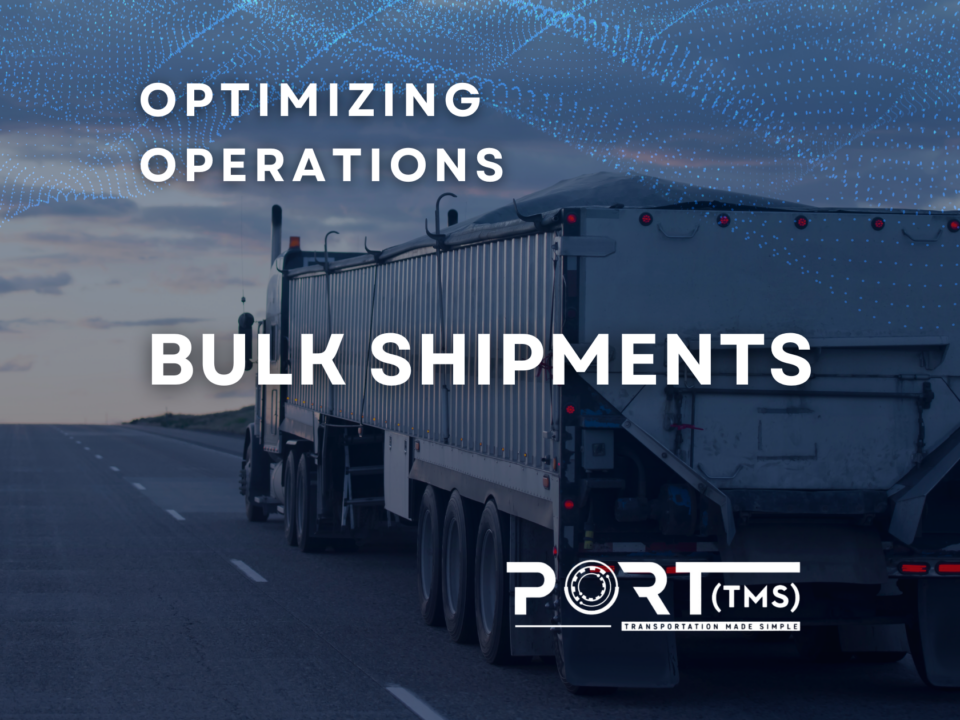Our LTL Carrier Integrations
ArcBest LTL
A & B Freight Line
AAA Cooper
Averitt Express
A. Duie Pyle
Best Overnight Express
Central Transport
Cross Country Freight Solutions
Dayton Freight
Dohrn Transfer Company
Diamond Line Delivery
Dugan Truck Line
Daylight Transport
DATS Trucking
Echo Global Logistics
EDI Express
Estes Express Lines
Forward Air
Frontline Freight
Globaltranz
Magnum LTL
Oak Harbor
Old Dominion Freight Line
Peninsula Truck Lines
Pitt Ohio
R&L Carriers
RIST
Roadrunner Transportation
SAIA
Southeastern Freight Lines
Sutton Transport
TForce
US Road Freight
Ward Trucking
Wrag Time
XPO Logistics
Introduction
When it comes to shipping smaller loads, savvy businesses opt for Less Than Truckload (LTL) freight. This method is not only cost-effective but also maximizes efficiency for shipments that do not require an entire truck. Selecting the right carriers tailored to your specific business needs is key to unlocking the full potential of LTL freight.
LTL Carrier Operations
LTL, or Less Than Truckload, carriers prioritize shipments that minimize the need for multiple handling units. Instead of transporting numerous individual items, LTL carriers prefer handling a single pallet that consolidates many boxes, securely shrink-wrapped to form a unified piece. This approach significantly lowers handling costs and minimizes the risk of damage during transportation. Generally, the cost per pound for shipping through LTL carriers is more affordable than that of parcel carriers.
Preparing Shipments for LTL Carriers
Shipments transported via LTL carriers undergo several handling stages throughout their journey, often involving different carriers. To safeguard against damage from scuffing, vibration, crushing, dropping, humidity, and condensation, freight must be properly packaged. The optimal practice involves securing freight on pallets or within crates. While durable shipping containers like corrugated fiberboard boxes are acceptable, using pallets is strongly recommended. Carrier tariffs offer guidance on packaging, and packaging engineers work to design and test packaging solutions tailored to the logistics system and the specific goods being shipped.
Intermodal Transportation in LTL Shipping
LTL shipments aren’t confined to road transport; they often leverage rail or air freight to reach their destinations. LTL carriers frequently engage with railroads more efficiently than small shippers, thanks to the volume of freight they manage daily. A significant portion of rail intermodal traffic comprises truck trailers loaded with LTL freight, often bundled into single intermodal trains for efficiency. Intermodal transport offers advantages, including the seamless transition of freight between different modes of transportation without direct handling of the goods. This method utilizes pallets to consolidate items into a single, easily transportable unit, reducing handling, minimizing damage and loss, enhancing security, and facilitating faster delivery.
Success Stories: LTL Freight in Action
Through Port TMS, businesses have transformed their logistics operations. They’ve achieved measurable improvements in cost, efficiency, and customer satisfaction. Our case study illustrates how a large-scale business leveraged our TMS for more competitive LTL rating, revealing the tangible benefits of our system. Intermodal transport offers advantages, including the seamless transition of freight between different modes of transportation without direct handling of the goods. This method utilizes pallets to consolidate items into a single, easily transportable unit, reducing handling, minimizing damage and loss, enhancing security, and facilitating faster delivery.
The Role of Cloud-Based TMS in LTL Freight Management
Utilizing a cloud-based TMS like Port TMS revolutionizes how you manage LTL shipments. With its intuitive features, it’s designed to ease the complexity of LTL freight management, Rate, Quote, Track, Tender and Trace LTL shipments with your carriers using your rates via API.

